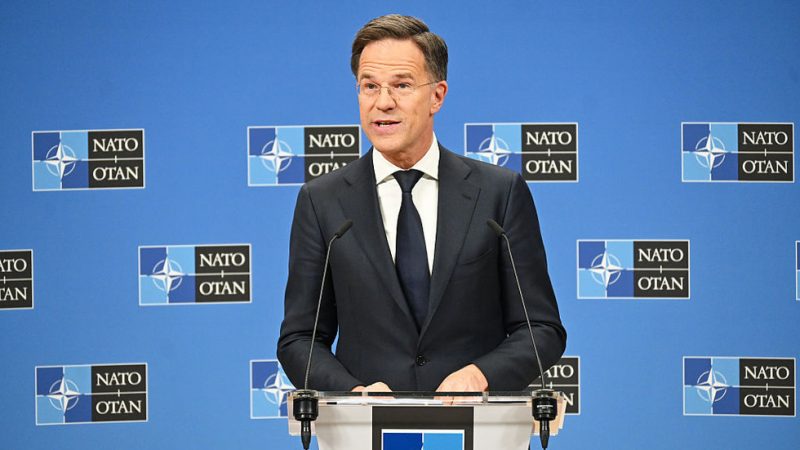
Recent statements from NATO Secretary General Jens Stoltenberg and Dutch Prime Minister Mark Rutte have firmly established the alliance’s position on the ongoing Ukraine conflict: NATO will not be directly involved in peace negotiations or contribute peacekeeping forces. This decision, while seemingly straightforward, raises complex questions about the alliance’s role in the conflict and its potential implications for the future of Ukraine and Europe.
The stated rationale behind NATO’s non-involvement centers on preventing further escalation. Direct participation, it’s argued, could be perceived by Russia as a direct threat, potentially leading to a wider conflict. Maintaining a distance, therefore, is seen as a way to de-escalate tensions and encourage a peaceful resolution through diplomatic means. This approach prioritizes the avoidance of a direct confrontation with Russia, a crucial consideration given the potential devastating consequences of such a conflict.
However, this hands-off approach also carries potential drawbacks. Critics argue that NATO’s absence from the negotiating table weakens Ukraine’s position and limits its leverage in securing a favorable peace agreement. Without the backing of a powerful military alliance, Ukraine might be forced to accept concessions that compromise its sovereignty and territorial integrity. This concern is particularly salient given the ongoing fighting and the significant losses suffered by Ukraine. The question remains: is the risk of escalation truly greater than the risk of an unfavorable peace settlement for Ukraine?
Furthermore, the absence of a major international actor like NATO in the peace process raises concerns about the legitimacy and enforceability of any resulting agreement. Without the weight of NATO’s commitment, there’s a greater risk that Russia could violate any agreement, leaving Ukraine vulnerable and the international community scrambling to respond. This underscores the need for robust international monitoring and enforcement mechanisms to ensure the success of any peace deal, regardless of NATO’s direct participation.
Ultimately, NATO’s decision reflects a delicate balancing act between preventing escalation and supporting Ukraine. While the intention to avoid a larger conflict is understandable, the long-term consequences of this approach remain uncertain. The coming months will be crucial in determining whether this strategy proves effective in achieving a lasting and just peace in Ukraine, or whether it ultimately hinders the prospects for a successful and sustainable resolution.










